Associazione Calcio Firenze Fiorentina: A Rich History of Passion and Success
Por um escritor misterioso
publicado em dezembro/22/2024
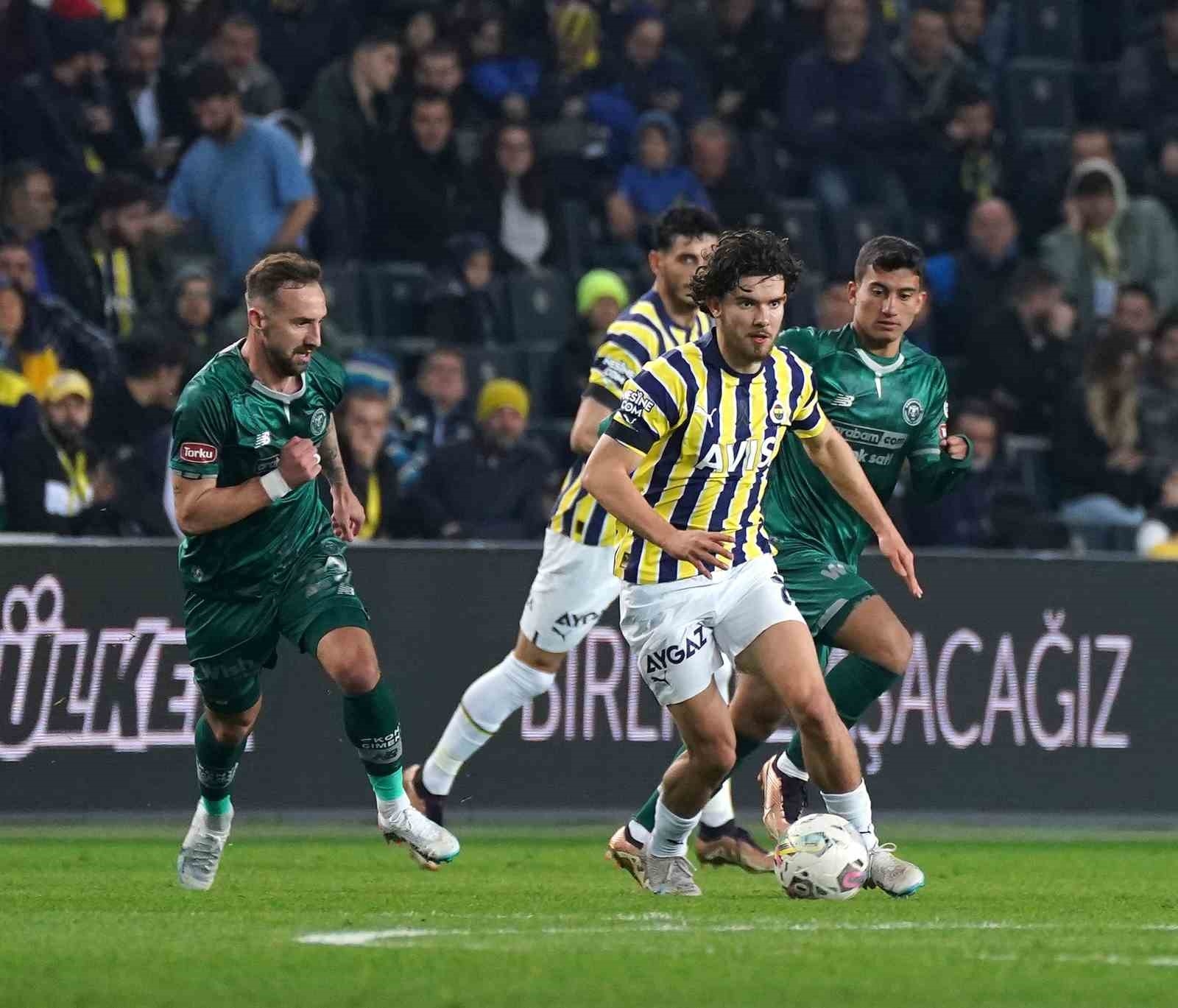
Discover the fascinating journey of associazione calcio firenze fiorentina , a football club known for its passionate fan base and remarkable achievements.
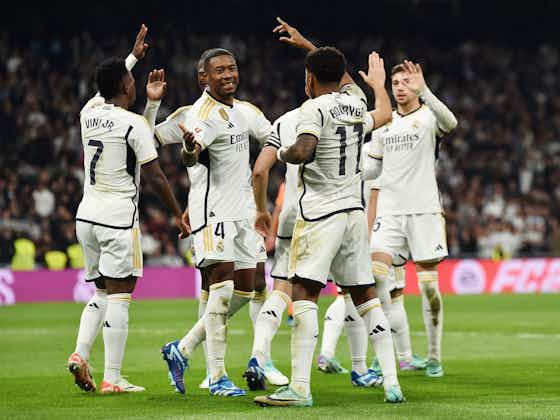
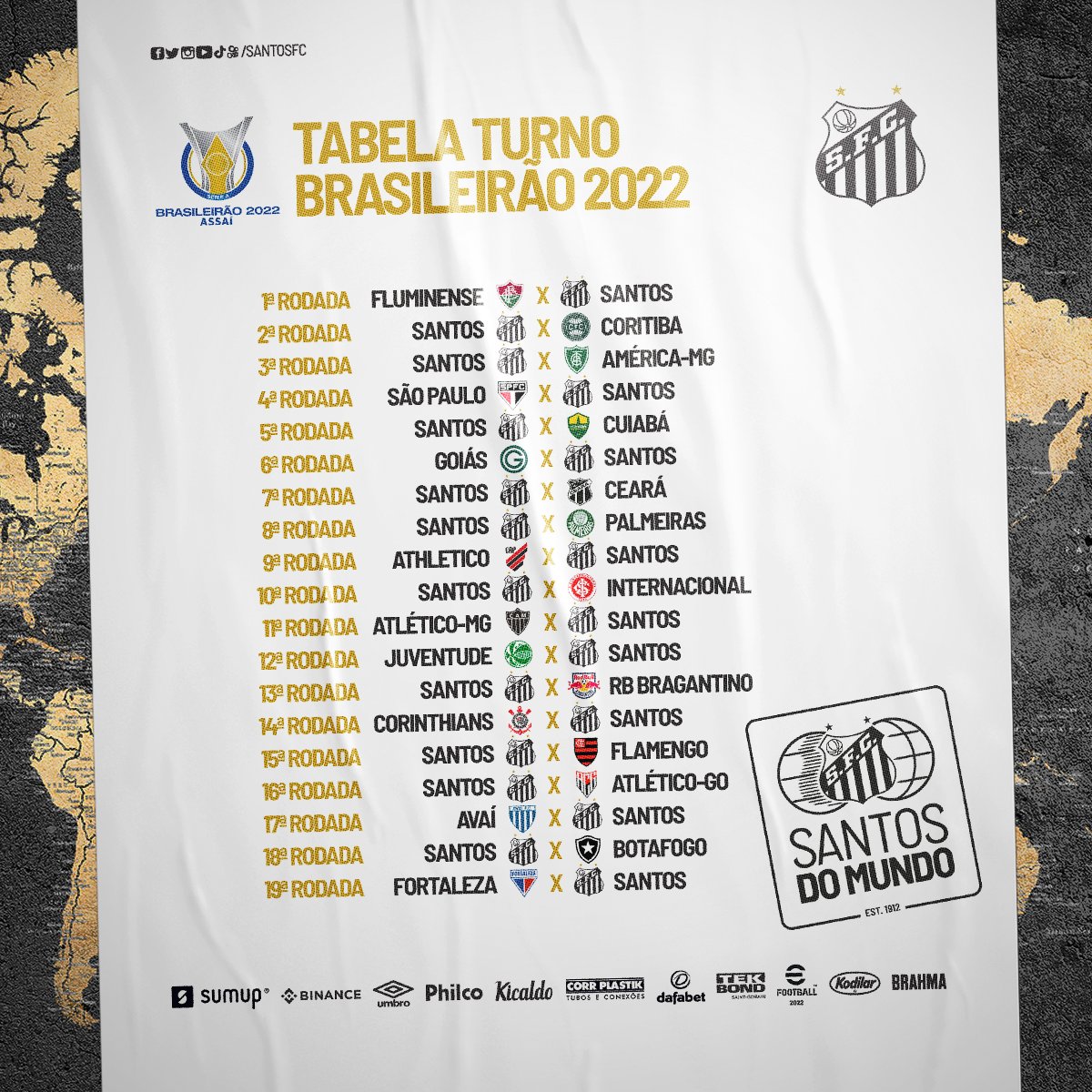
Fiorentina's story begins with the merger of two rival clubs from Florence: CS Firenze and Palestra Ginnastica Libertas. This merge resulted in the birth of Associazione Calcio Fiorentina on August 26th, 1926. The team adopted purple as their primary color, which led to their nickname 'La Viola' - meaning 'The Purple One' in Italian.
Throughout its existence, Fiorentina has experienced numerous ups and downs. In the early years, they faced financial difficulties that almost led to bankruptcy. However, thanks to the intervention of local businessman Luigi Ridolfi Vay da Verrazzano, the club was able to continue competing at a high level.
One of Fiorentina's defining eras came during the 1950s and 1960s under coach Nereo Rocco. This period saw them achieve significant success both domestically and internationally. In 1956, they won their first-ever Serie A title - a monumental achievement for the relatively young club. They also reached the final of the European Cup (now UEFA Champions League) in 1957 but were defeated by Real Madrid.
The late 1960s brought another golden era for Fiorentina under coach Bruno Pesaola. Led by star players such as Giancarlo Antognoni and Kurt Hamrin, Fiorentina won their second Serie A title in 1969-70. They also reached the final of the UEFA Cup Winners' Cup in 1961, losing to Scottish club Rangers.
Over the years, Fiorentina has nurtured and attracted a number of talented players who have left a lasting impact on the club's history. Players like Gabriel Batistuta, Roberto Baggio, and Francesco Totti have all donned the purple jersey at some point in their careers.
In recent times, Fiorentina has faced several challenges both on and off the pitch. Financial instability and managerial changes have taken a toll on the club's performance. However, they continue to enjoy strong support from their dedicated fan base known as 'Viola Club Settebello'.
The Stadio Artemio Franchi serves as Fiorentina's home ground since 1931. The stadium is renowned for its unique architecture featuring a tower-like structure that stands out among other football stadiums.
Fiorentina's rivalry with Juventus is one of the most intense in Italian football. The matches between these two clubs, known as 'Derby d'Italia', are highly anticipated by fans from both sides.
Off-field activities are also an important part of Fiorentina's identity. The club actively participates in various social initiatives aimed at promoting inclusion and supporting charitable causes within the local community.
Despite facing numerous challenges throughout its history, associazione calcio firenze fiorentina remains a symbol of passion and resilience in Italian football. With devoted fans filling up the stands at every home game, La Viola continues to strive for success while upholding its rich traditions.
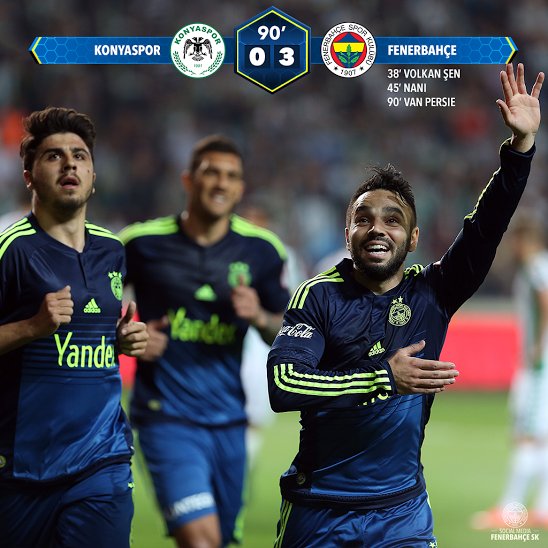
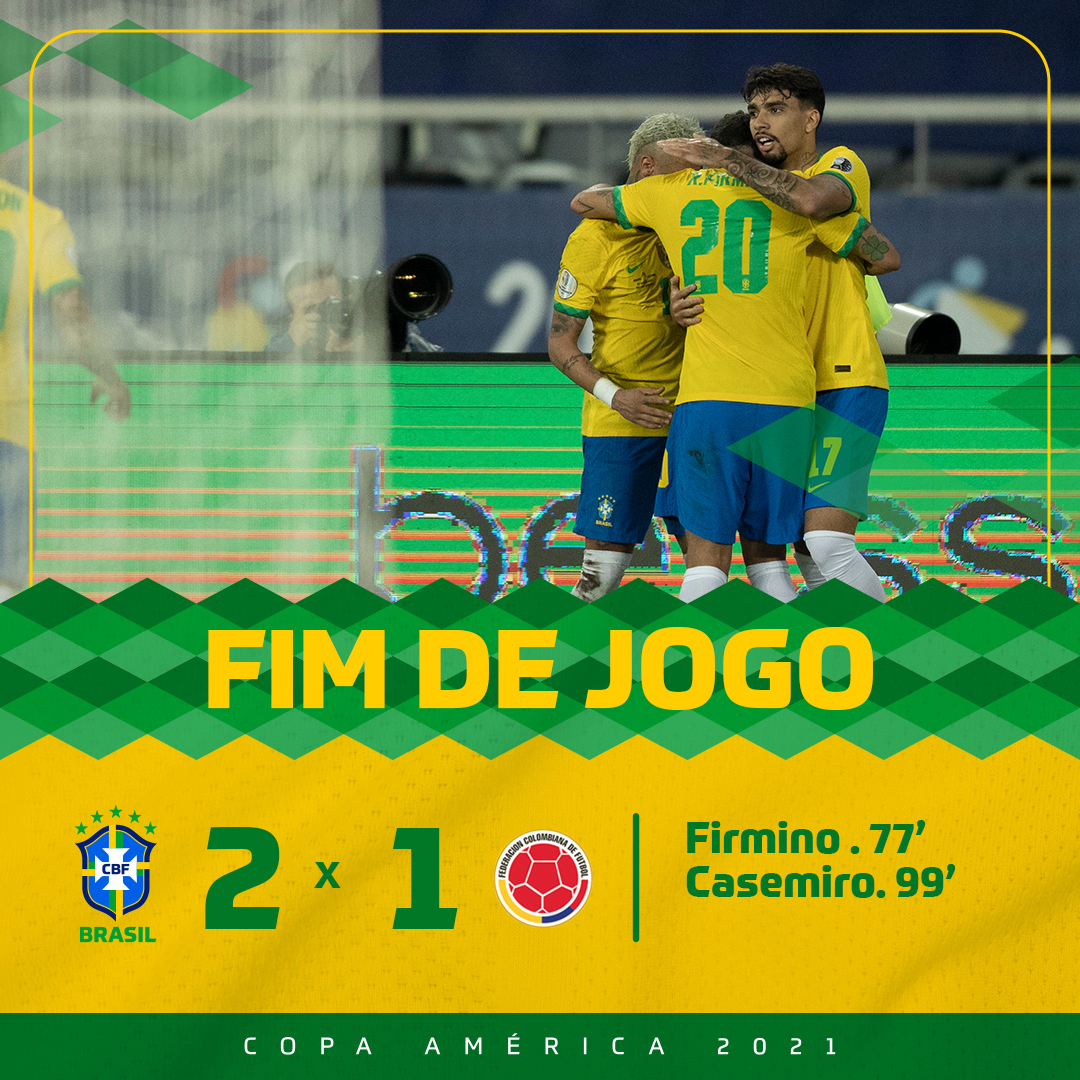


Three talking points ahead of Cadiz vs Real Madrid, La Liga

Santos FC on X: A tabela do Peixão no #Brasileirão 2022! ⚪️⚫️ / X
associazione calcio firenze fiorentina, commonly referred to as Fiorentina or simply La Viola, is an Italian professional football club based in Florence. Established in 1926, the club has enjoyed a rich history filled with passion, success, and memorable moments.Fiorentina's story begins with the merger of two rival clubs from Florence: CS Firenze and Palestra Ginnastica Libertas. This merge resulted in the birth of Associazione Calcio Fiorentina on August 26th, 1926. The team adopted purple as their primary color, which led to their nickname 'La Viola' - meaning 'The Purple One' in Italian.
Throughout its existence, Fiorentina has experienced numerous ups and downs. In the early years, they faced financial difficulties that almost led to bankruptcy. However, thanks to the intervention of local businessman Luigi Ridolfi Vay da Verrazzano, the club was able to continue competing at a high level.
One of Fiorentina's defining eras came during the 1950s and 1960s under coach Nereo Rocco. This period saw them achieve significant success both domestically and internationally. In 1956, they won their first-ever Serie A title - a monumental achievement for the relatively young club. They also reached the final of the European Cup (now UEFA Champions League) in 1957 but were defeated by Real Madrid.
The late 1960s brought another golden era for Fiorentina under coach Bruno Pesaola. Led by star players such as Giancarlo Antognoni and Kurt Hamrin, Fiorentina won their second Serie A title in 1969-70. They also reached the final of the UEFA Cup Winners' Cup in 1961, losing to Scottish club Rangers.
Over the years, Fiorentina has nurtured and attracted a number of talented players who have left a lasting impact on the club's history. Players like Gabriel Batistuta, Roberto Baggio, and Francesco Totti have all donned the purple jersey at some point in their careers.
In recent times, Fiorentina has faced several challenges both on and off the pitch. Financial instability and managerial changes have taken a toll on the club's performance. However, they continue to enjoy strong support from their dedicated fan base known as 'Viola Club Settebello'.
The Stadio Artemio Franchi serves as Fiorentina's home ground since 1931. The stadium is renowned for its unique architecture featuring a tower-like structure that stands out among other football stadiums.
Fiorentina's rivalry with Juventus is one of the most intense in Italian football. The matches between these two clubs, known as 'Derby d'Italia', are highly anticipated by fans from both sides.
Off-field activities are also an important part of Fiorentina's identity. The club actively participates in various social initiatives aimed at promoting inclusion and supporting charitable causes within the local community.
Despite facing numerous challenges throughout its history, associazione calcio firenze fiorentina remains a symbol of passion and resilience in Italian football. With devoted fans filling up the stands at every home game, La Viola continues to strive for success while upholding its rich traditions.

Fenerbahçe SK on X: Maç Sonucu

CBF Futebol on X: FIM DE JOGO! BRASIL CONQUISTA A VITÓRIA NO ÚLTIMO MINUTO!! 🇧🇷 2x1 🇨🇴
